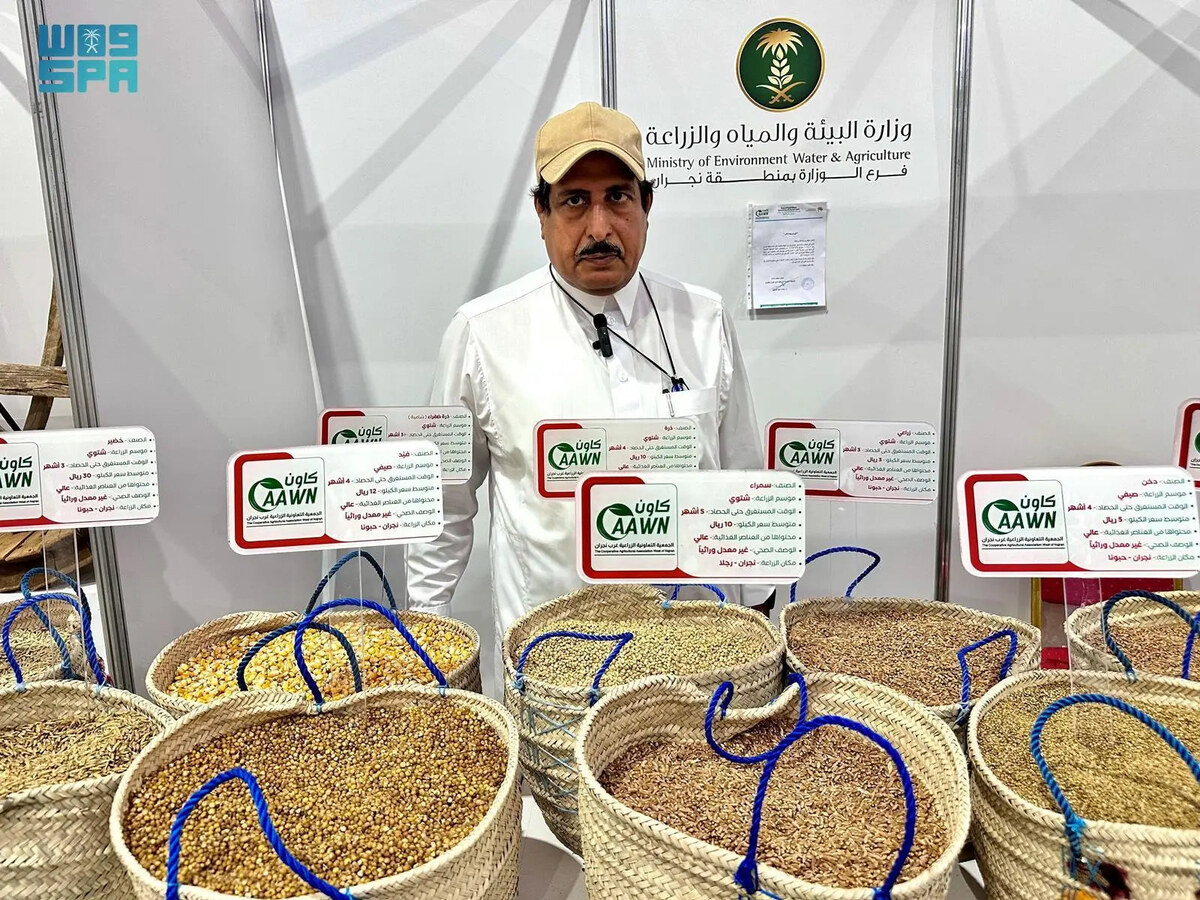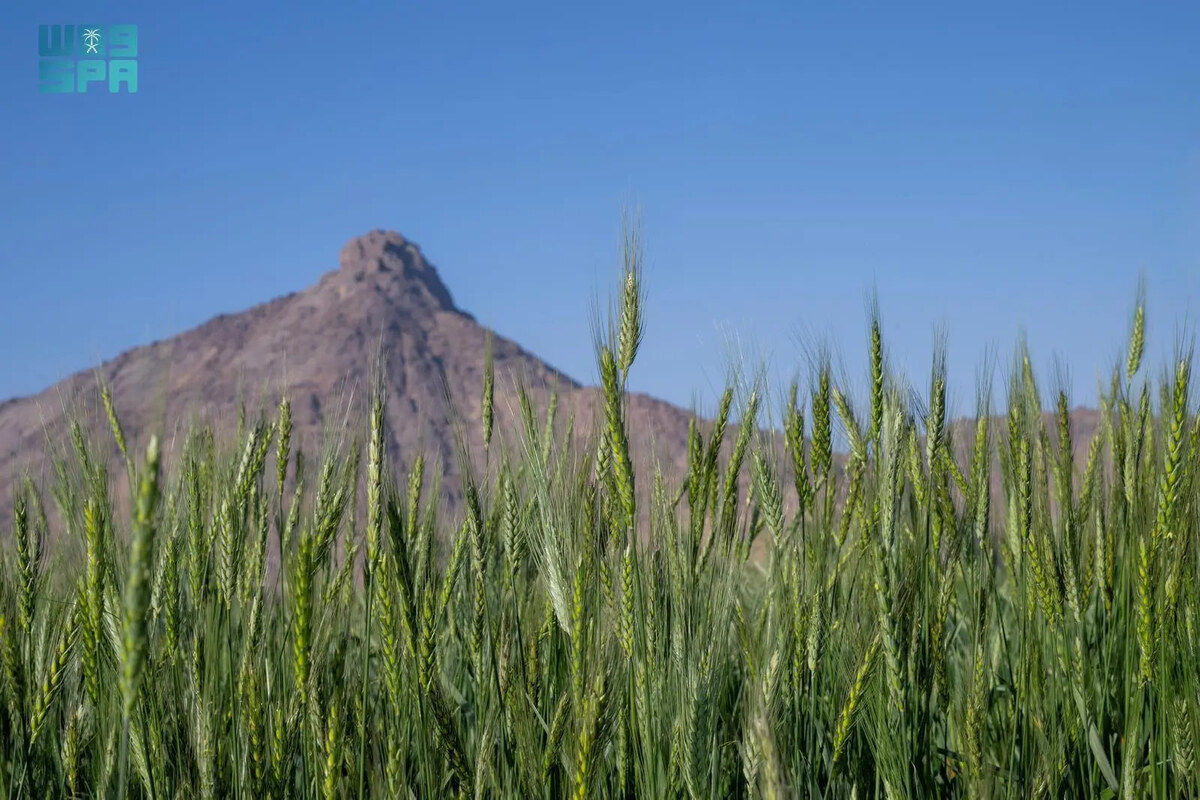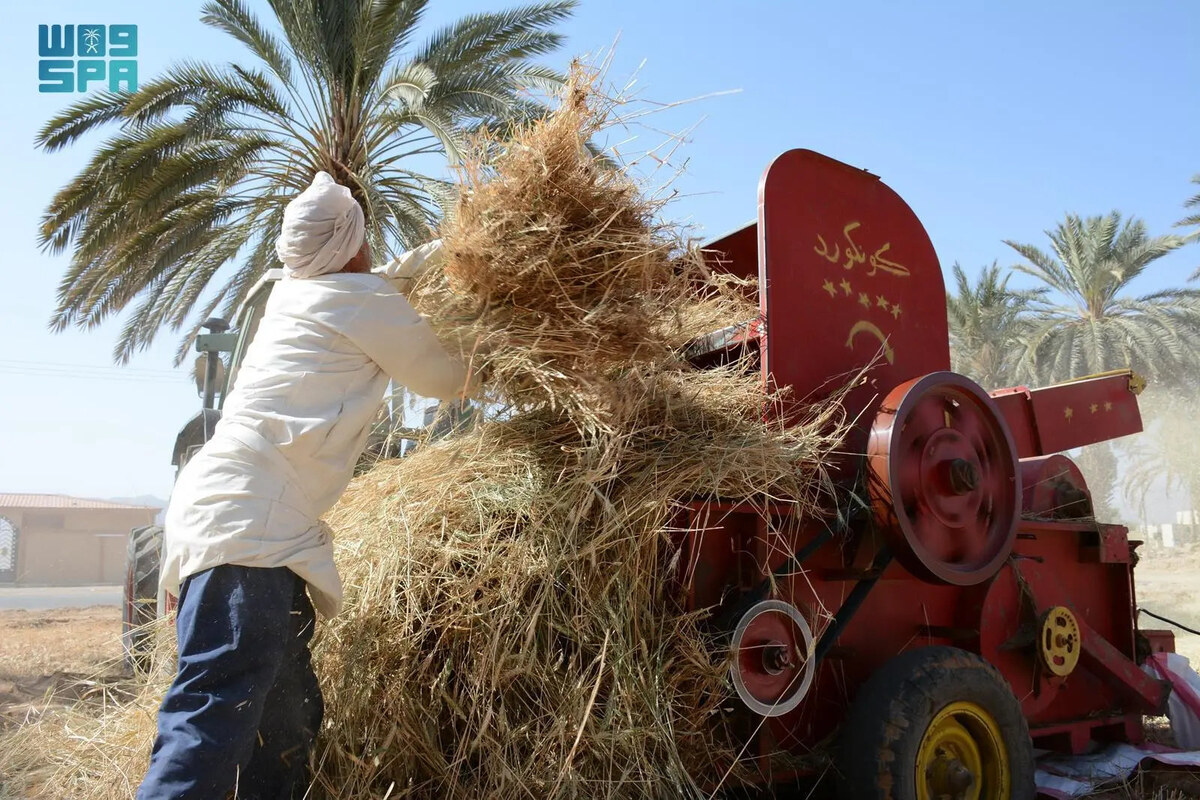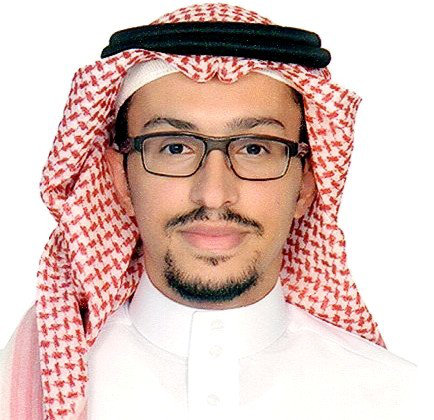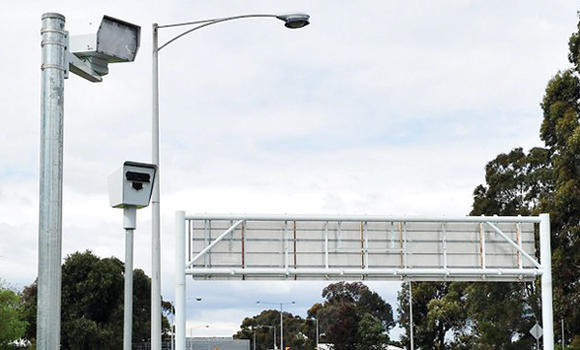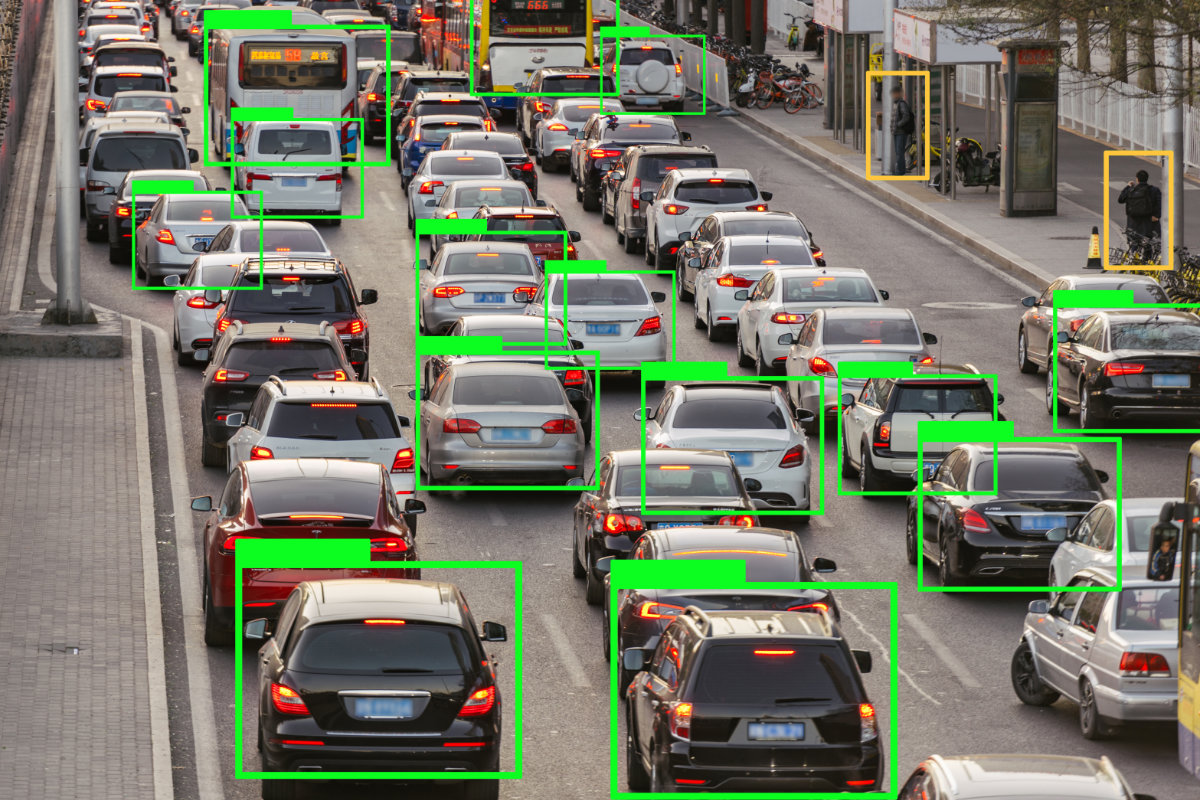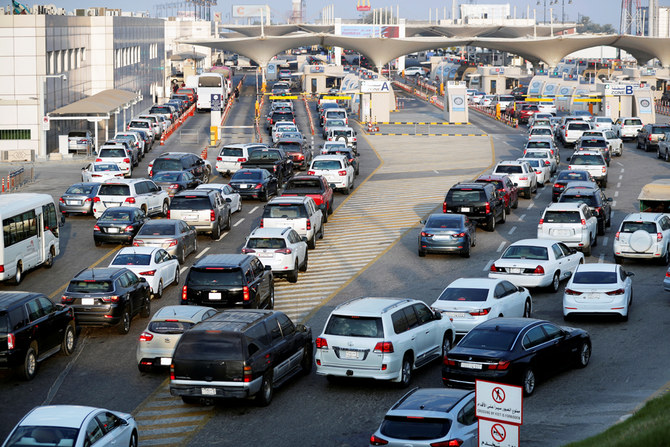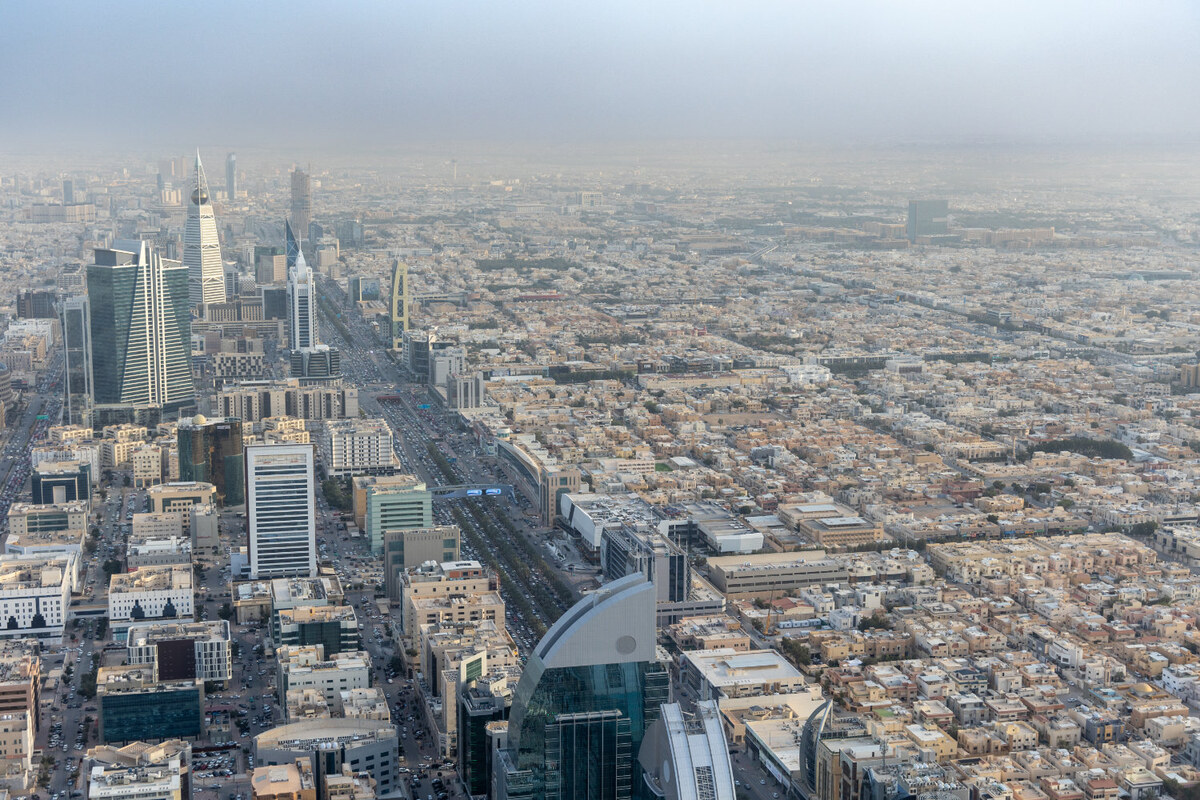RIYADH: In a heartfelt farewell message, the outgoing Oman ambassador to Saudi Arabia, Sayyid Faisal bin Turki said: “My dearest Saudi Arabia, from the moment I landed in Riyadh to serve as the ambassador, you have felt like home.”
In an exclusive interview with Arab News before concluding his duty in Riyadh on Friday, Turki said: “It was an extraordinary journey of four years. I remember, back in early 2021 when I joined, it was the time of [the] COVID pandemic.
“It was my first appointment as an ambassador, and it turned out to be an amazing year because in the same year it was planned for the first state visit for His Majesty Sultan Haitham and in the same year, before the end of the year, we inaugurated the new road access between Saudi Arabia and Oman, and before concluding that year, we had the visit of the Crown Prince Mohammed bin Salman as well, along with a big delegation.
“A number of agreements were signed at the personal as well as diplomatic level I spent a lot of time, along with my team, to strengthen the relationship and contribute to that.
“On an average, we had about anything between 80 to 115 delegations per year coming. There have been numerous agreements, MoUs signed between the two countries in various fields. And I think what we have been privileged to do is to contribute to this magnificent growth in the relationship between Oman and Saudi Arabia,” said the envoy.
He added: “There is much more that can be done. We have been putting a lot of emphasis on supporting the private sector in the past three years, we have seen at least about 20 to 25 Omani companies exploring opportunities and venturing into the Saudi market in various fields, whether it is IT, tourism, event management, oil and gas, you name it, which hasn’t been the case before.”
Saudi Arabia is the right place to be at the right time, he said, whether that was politically, diplomatically or for business.
Speaking about the Gulf Cooperation Council countries proceeding with the practical steps of the Gulf Railway Project, he said: “That is obviously at the level of the GCC, Oman is part of the GCC and we are more or less ready when the consensus happens in terms of building that network.
“For us, the railway network is very important primarily for the goods and trade between the Gulf countries and, beyond as well.”
GCC Secretary-General Jasem Mohamed Al-Budaiwi, speaking at the 26th meeting of the Committee of GCC Ministers of Transport and Communications in November last year, said the GCC had achieved practical steps for the Gulf railway project on the ground with advanced levels of implementation.
The outgoing ambassador said the latest of these achievements was the establishment of Hafeet Rail between the Sultanate of Oman and the UAE, which aims to design, develop and operate a railway network connecting Sohar to the UAE’s national railway network.
“We believe that Oman enjoys an excellent logistic positioning, but that needs to be strengthened through our bilateral relations as well,” said Turki.
“Saudi Arabia is a strategic market that needs to have a lot of emphasis. Saudi Arabia looks at Oman as well as a gateway, an access across to Asia, and we look forward to seeing the fruits of all these efforts.”
He added: “We have managed to get the [agreement of] key stakeholders from Oman to participate in annual cultural, economic events, such as the FII, the biggest investment forum that happens every October in Saudi Arabia and the Book Fair. We have as well a growing interest in LEAP, which is all about technology and getting more companies to participate.”











